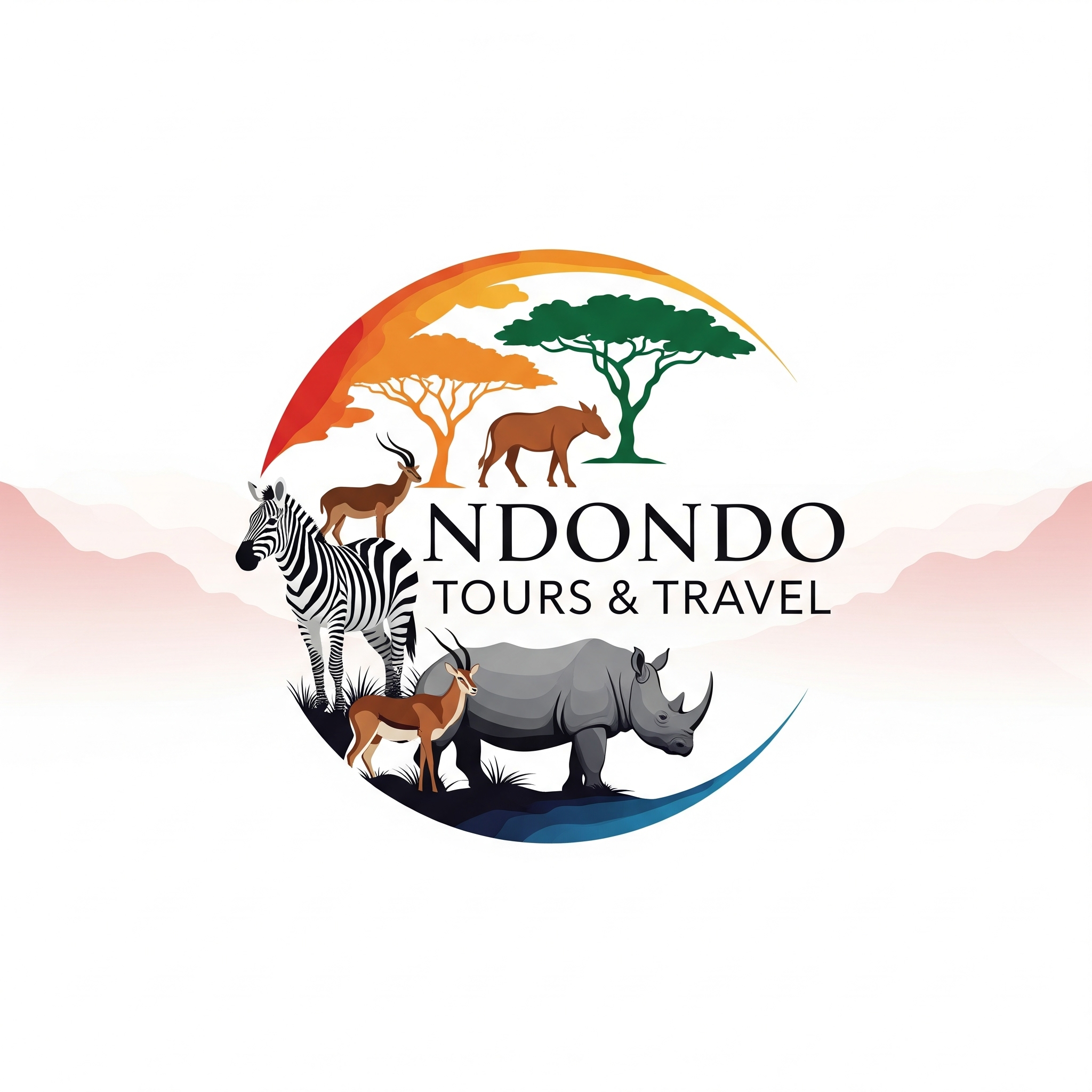Uganda is a land of diversity, home to over 50 tribes, each with its unique culture, language, and traditional dress. While modern fashion is widely worn today, traditional outfits still hold deep cultural meaning and are often seen during weddings, ceremonies, and national celebrations. At Ndondo Tours and Travel, we believe that understanding culture adds depth to every journey and clothing is a powerful place to begin.
The Gomesi: Uganda’s Iconic Women’s Dress
One of the most recognizable traditional outfits in Uganda is the Gomesi (also known as Busuuti). This elegant floor-length dress is worn by women, especially among the Baganda, Basoga, and other Bantu-speaking tribes.
✨ Features:
- Puffy sleeves
- Bright, colorful fabrics
- A wide sash tied around the waist
- Usually made of silk, cotton, or satin
Traditionally, Gomesis are worn during introduction ceremonies (Kwanjula), weddings, and other significant events. It’s a symbol of grace, womanhood, and cultural pride.
The Kanzu: Uganda’s Traditional Men’s Attire
For Ugandan men, the Kanzu is a classic traditional garment — particularly among the Baganda and Banyankole communities. It’s a long, white or cream robe often worn with a coat or blazer on top.
🏵️ Cultural Use:
- Commonly worn during Kwanjula and religious functions
- Symbol of respect, modesty, and tradition
- The groom wears it during traditional wedding ceremonies
In some regions, the Kanzu is paired with a hat (kofia) or beads for a more ceremonial look.
Other Unique Cultural Outfits in Uganda
1. The Suuka (Banyankole)
Worn by Banyankole women, the Suuka is a piece of cloth wrapped around the body, often accompanied by jewelry and headscarves. It reflects the pastoralist roots of the Ankole people.
2. The Omutsha (Acholi & Langi Tribes)
In northern Uganda, men traditionally wear a long tunic or shirt, while women adorn colorful wrap-around skirts and beaded accessories.
3. Karimojong Attire (Northeastern Uganda)
The Karimojong people wear minimal, handmade outfits with beads, leather, and animal skins — showcasing their warrior and cattle-herding culture.
💬 What These Outfits Mean
Traditional attire in Uganda is more than just clothing — it expresses:
- Tribal identity
- Social status
- Cultural values
- Life stages (e.g., marriage, motherhood)
They remind Ugandans of their roots and are proudly worn during national celebrations like Independence Day and Heroes Day.
📸 Capture the Moment with Ndondo Tours and Travel
When you travel with us, we offer you the chance to:
- Attend traditional ceremonies
- Try on a Gomesi or Kanzu for photo sessions
- Visit local craft markets for cultural outfits and accessories
- Learn the stories and significance behind the clothing from local guides
🌍 Experience Uganda Through Culture
Traditional outfits are a living part of Uganda’s heritage. Whether you’re attending a vibrant Kwanjula, visiting a rural community, or exploring a cultural museum, these garments help tell the story of Uganda’s people — past and present.


One response
Hi, this is a comment.
To get started with moderating, editing, and deleting comments, please visit the Comments screen in the dashboard.
Commenter avatars come from Gravatar.